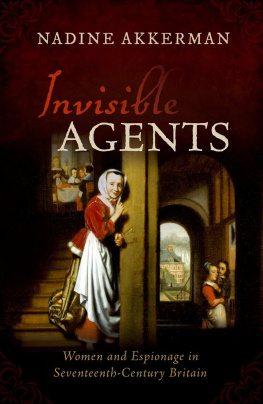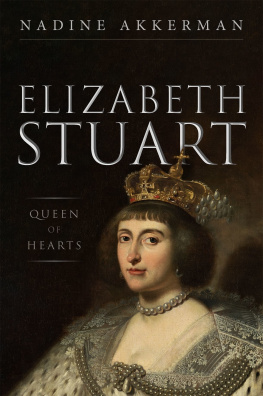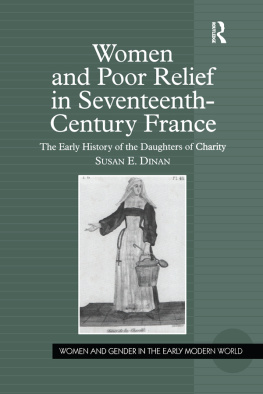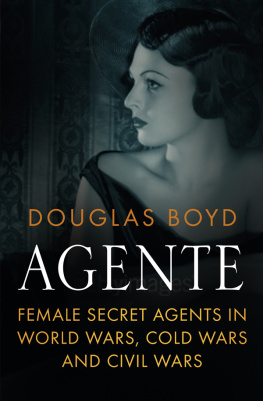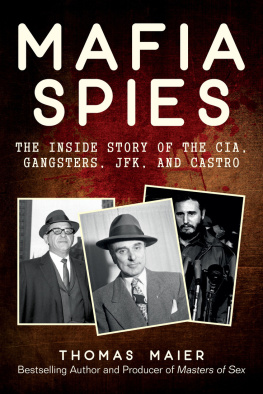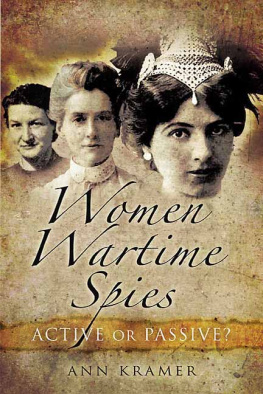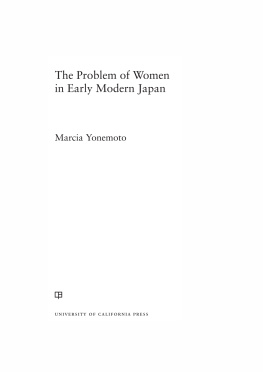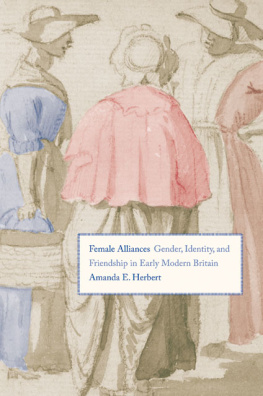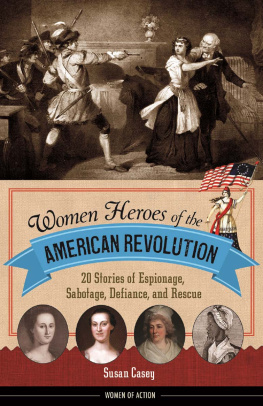Oxford University Press is a department of the University of Oxford. It furthers the Universitys objective of excellence in research, scholarship, and education by publishing worldwide. Oxford is a registered trade mark of Oxford University Press in the UK and in certain other countries
All rights reserved. No part of this publication may be reproduced, stored in a retrieval system, or transmitted, in any form or by any means, without the prior permission in writing of Oxford University Press, or as expressly permitted by law, by licence or under terms agreed with the appropriate reprographics rights organization. Enquiries concerning reproduction outside the scope of the above should be sent to the Rights Department, Oxford University Press, at the address above
You must not circulate this work in any other form and you must impose this same condition on any acquirer
Published in the United States of America by Oxford University Press 198 Madison Avenue, New York, NY 10016, United States of America
Links to third party websites are provided by Oxford in good faith and for information only. Oxford disclaims any responsibility for the materials contained in any third party website referenced in this work.
Acknowledgements
A book such as this relies heavily on archival research and thus much travel, and would not have been feasible without time away from the lecture theatre, which was enabled by a VENI research fellowship from the Netherlands Organization for Scientific Research (NWO), and a one-year visiting fellowship at the Netherlands Institute for Advanced Study in the Humanities and Social Sciences (NIAS-KNAW). An Aspasia stipend, also awarded by NWO, allowed me to make some further, final archival trips, fine-tune drafts, and pay for reproductions and image rights. This book has received close attention at Oxford University Press; I am grateful that Cathryn Steele welcomed the project enthusiastically. Even though the following list of debts is long, any remaining mistakes are mine.
The image of the lone scholar has never been one that I recognized. I have always been fortunate to meet inspiring people along the way. Even before my research properly started, Joris van Eijnatten and Judith Pollmann gave generously of their time in order to turn loose ideas into a coherent grant proposal. James Daybell supported this project from beginning to end. I am grateful to the late Margaret P. Hannay for encouraging me to write about Lady Carlisle. Julia Donaldsons enthusiasm for Lady dAubigny was contagious and it was a true pleasure to work with her, as well as with Lauren Hawthorne and her assistant Emily Hall from Nutshell TV, to chase spies in Londons British Library for an episode of Skyarts Treasures of the British Library in 2016. Without meeting Julia, I would never have believed that the story of Lady dAubigny hiding papers in her hair found its origin in a contemporary source.
As with all such works, the debt owed to those who have already prepared the ground is immense, if not always obvious. In this instance the work of Margaret Everett Green, David Underdown, and Alan Marshall stands out: without their efforts, this book would probably never have been written. Studying espionage also opened up a world of related disciplines that I could never have explored by myself. I thank Alex Barber, Maureen Bell, Simon Davies, Gareth Digby, Jan Frans van Dijkhuizen, Florike Egmond, Marcus Nevitt, Sara Pennell, Paul Seaward, John Young, and in particular Erica Longfellow for answering ad hoc emails, readily sharing their expertise.
Some of these trips made in the service of knowledge created memories that will never leave me. My friend and Leiden colleague Katinka Zevens determination to find Sarah Galls grave in a Putney church when she visited me in London brought with it all the excitement of a detective novel and was met with success. To excavate Sarahs secrets went beyond the scope of this book, but promises to bring further secrets to light relating to Christina Bruce, Countess of Devonshire, at another time. With my father I flew to Dublin and drove to breathtakingly beautiful Connemara to not only spend time with a diary that had lain undiscovered in a family archive for centuries, but also to spend time with each other. I thank Lord Roden for his hospitality and permission to publish extracts from Lady Mordaunts manuscript, and papers now housed at the Kent History and Library Centre in Maidstone are published by kind permission of Viscount De LIsle from his private collection.
While a scholar working on espionage becomes secretive, secrets consume a person and must ultimately be shared. My thanks to Rachel Weil, who read a chapter on her flight from the United States to Manchester, as well as to Cedric Brown, Helmer Helmers, Philip Major, Rosalind Marshall, Steve Murdoch, Sarah Poynting, and Gillian Wright, for their assistance in the reading of a chapter in its penultimate stages. A special note of thanks, however, must be accorded to Geoffrey Smith, who has given liberally of his time and expertise, read the manuscript in its entirety, and saved me from more mistakes than I care to admit. Sarah Poynting also shared with me her transcriptions of Charles Is letters as housed in the Royal Library in Windsor. Even though I spent many months in dusty archives, private estates, and modern libraries, transcribing hundreds of documents myself, I have been touched that colleagues and friends have, like Sarah, generously shared transcriptions with me, without which this book would have been even longer in its making. Cedric Brown shared dozens of transcriptions of Lady Mordaunts correspondence without hesitation even though he had just met me once, and Caroline Bowden searched her archive turning typewriter-scripts into scans to share her transcriptions of Lady Mary Knatchbulls correspondence.
Archival research comes with its own geographical challenges and time constraints. I would like to thank Ann Hughes for sharing a transcription of a Lady dAubigny letter in the Sloane MSS that I needed urgently when I found myself already at Gatwick on my way back to Amsterdam. Thanks too, to Nicola Kirkby, Ineke Huysman, Catherine Stihler, and Miranda Lewis, for double-checking manuscripts from the Clarendon and Rawlinson collections for me, and Ruben Verwaal for locating charts in Lillys notebooks, long after I had left the Bodleian Library in Oxford.
I thank Jana Dambrogios team and colleagues at MIT Libraries for testing secret writing techniques, and especially Ayako Letizia for proving that messages can be secreted in eggs, Brien Beidler for creating early modern sealing wax, and Laura Bergemann for testing how effective silver nitrate is as a reagent on seventeenth-century paper, a theory proffered to me by Will Scott.
I feel grateful that I can count some of the best and most talented scholars among my dearest friends, many of whom have already been named. The Signed, Sealed, & Undelivered team, Rebekah Ahrendt, David van der Linden, Jana Dambrogio, and Daniel Starza Smith, was essential in bringing me joy and broadening my understanding of the materiality of texts. Their generosity and support is boundless. Jana bringing books that can best be described as doorstops in her hand luggage from the United States to Europe because I needed to consult some footnotes is typical, and I can never thank her enough for making me countless models, teaching me that the epistolary world is three dimensional. Without Daniels friendship, and him opening up his house to me time and again so that I could spend more time in libraries, this book would probably not have been finished. As I do with Lotte Fikkers, who will soon surpass me, I could easily thank him for doing all of the above. I hope we will continue our conversation for many years to come.

